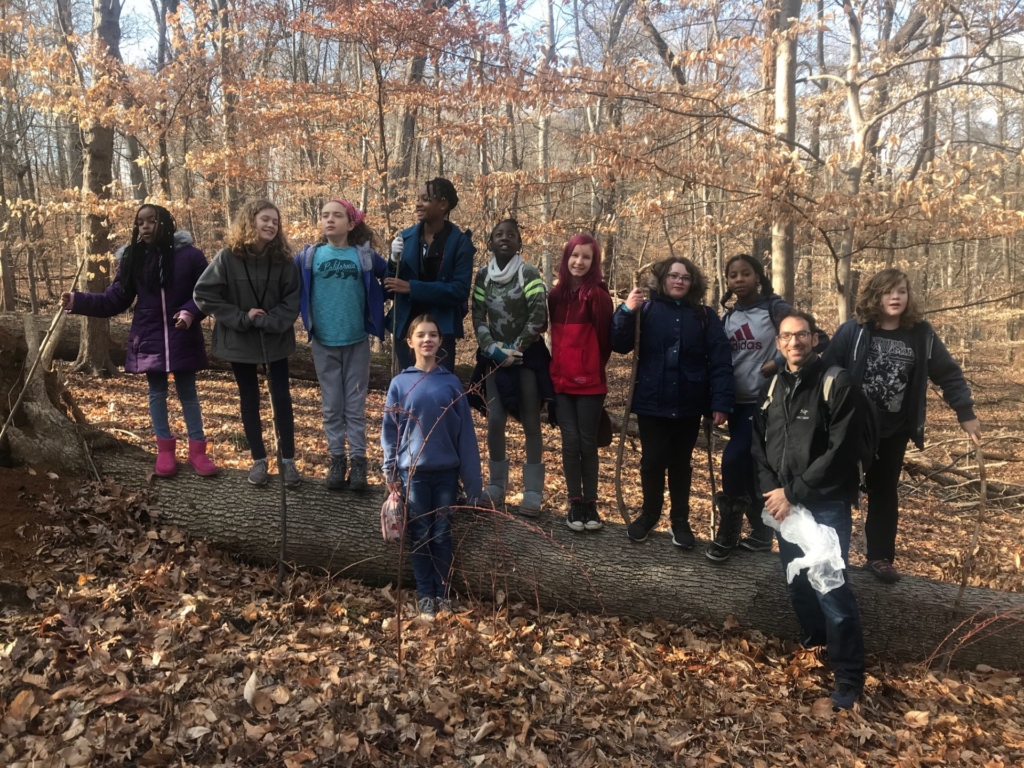This article originally appeared in The Hechinger Report.
Here we are, entering year three of the pandemic, and we’ve still got no idea what to do with the kids. We’ve locked ourselves in battle, one side clamoring to close schools to prevent disease spread, the other demanding we keep them open to prevent learning loss, and no solution in sight. Families sue, teachers strike, columnists throw oil on the fire from the safety of their homes. As my seventh and eighth-grade students eloquently sum it up: “This sucks, bro.”
But it doesn’t have to.
As a parent and a middle school principal, I find myself thinking about the hapless getaway driver in Quentin Tarantino’s Reservoir Dogs, whose mental functioning has been interrupted by a bullet in his brain. He keeps flooring the gas pedal, even though the front of the car has smashed against a brick wall. That’s us. We’ve lost the capacity to take our foot off the gas, look around and realize there are myriad paths out of our predicament, hundreds of ways to engage young people in learning without cramming them into classrooms, with or without masks, or isolating them on screens.
For example, at the progressive charter school where I work, we’ve launched a pilot program of what we call inquiry projects. Inspired by the maestros of transformational learning at the Academy for the Love of Learning, we’re giving our seventh and eighth graders an opportunity to pick any topic, from astronomy to graphic design, dog training to journalism, and anything else they are interested in. They then explore their chosen topic over a semester with a volunteer adult mentor.
The inquiring students are given the flexibility to work on their projects when they like, wherever they like, and to meet with their mentors online, in person, at the park, or by email. Their learning — relationship-based, student-driven, and totally portable — goes on, even as the pandemic rages.
Another promising option, highlighted by the Center for Reinventing Public Education, is an extension of the now-famous “learning pods.” Using living rooms and libraries for classrooms, teachers or parents help kids through the curriculum, then fill the rest of the day with outdoor activities, art, movement, and projects.
From my experience, the challenge of bringing innovation into schools is not so much logistical as ideological. To try on some of these proven ideas, we don’t need millions of dollars or complex legal waivers.
Seth Biderman, Principal, Inspired Teaching Demonstration School
Families of privilege pioneered the idea last year, but districts across the nation also podded up children from lower-income brackets. With smaller, multi-aged groupings, lots of individual attention, and flexible scheduling for teachers and families, pods may turn out to be the ninjas of the pandemic school revolution: nimble, responsive, ubiquitous.
Need more ideas? We can steal from well-known models like the Met High School and Iowa BIG, or we can discover little-known treasures like the Blue Ox Community High School, in Eureka, California, where kids learn math, science, art, and self-confidence by turning 19th-century wooden corbel replicas on a lathe. Independent schools, though not accessible to most families, have developed some affordable ideas that might inspire forward-thinking charters and districts — the Denver Forest School, an early childhood school with no building, is just one example. Visit Education Reimagined for more. The nonprofit has profiled dozens of innovative schools, mostly public, that are navigating the pandemic with internships, learner-centered structures, and an emphasis on competency over class time.
What’s holding our schools back from adopting these ideas right now?
From my experience, the challenge of bringing innovation into schools is not so much logistical as ideological. To try on some of these proven ideas, we don’t need millions of dollars or complex legal waivers.
We do need the courage to mourn the death of school as we knew it, including iconic traditions like homecoming, report cards, and prom. We need to shake off the ingrained narrative of school as a place where children are run through a series of programs, collecting credits and leveling up like players of Nintendo’s Mario Bros. We need to envision school not as a place at all, but as a movable feast, an exploration of the world beyond classroom walls and ringing bells, a scavenger hunt for learning wherever, whenever and however it may be found.
The models are out there, ready to be implemented if we dare. And I do see signs of daring: Dig past the daily headline rehash of the virtual versus in-person battle, and you’ll find stories of children and adults like those in the inquiry projects at my school, quietly daring to reimagine what it means to go to school.
The models are out there, ready to be implemented if we dare.
Seth Biderman, Principal, Inspired Teaching Demonstration School
It’s not easy. We were all blindsided by the pandemic, educators included, and we still haven’t really caught our breath.
But this virus isn’t going anywhere soon. Making the wrong decision between sending our kids to in-person school or taking them out is not the worst thing we can do. No, the worst thing we can do is to teach them, by our poor example, to obsessively perseverate over broken ideas.
Rather than bickering in front of the children, we should be inviting them to join us in the creation of meaningful learning experiences, in and out of the classroom, that meet the challenge of these unprecedented times.
If there’s a silver lining to this lethal pandemic, it’s that it has gifted us the opportunity to teach our children the one lesson they’ll need most: How to tap into our imaginations, roll up our sleeves and work together to find another way.

